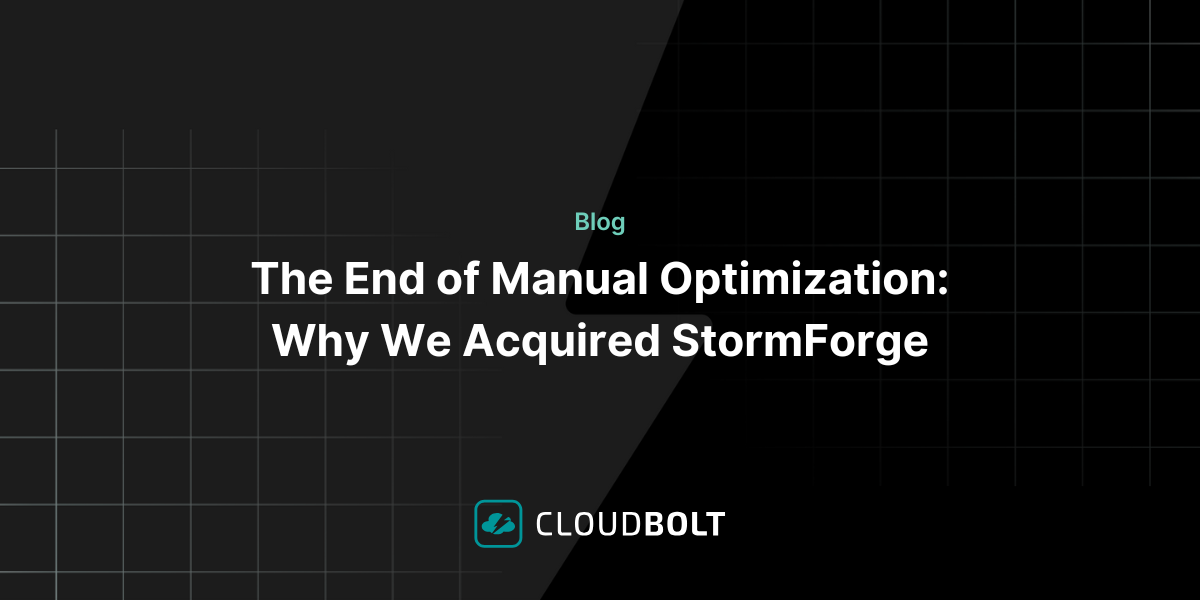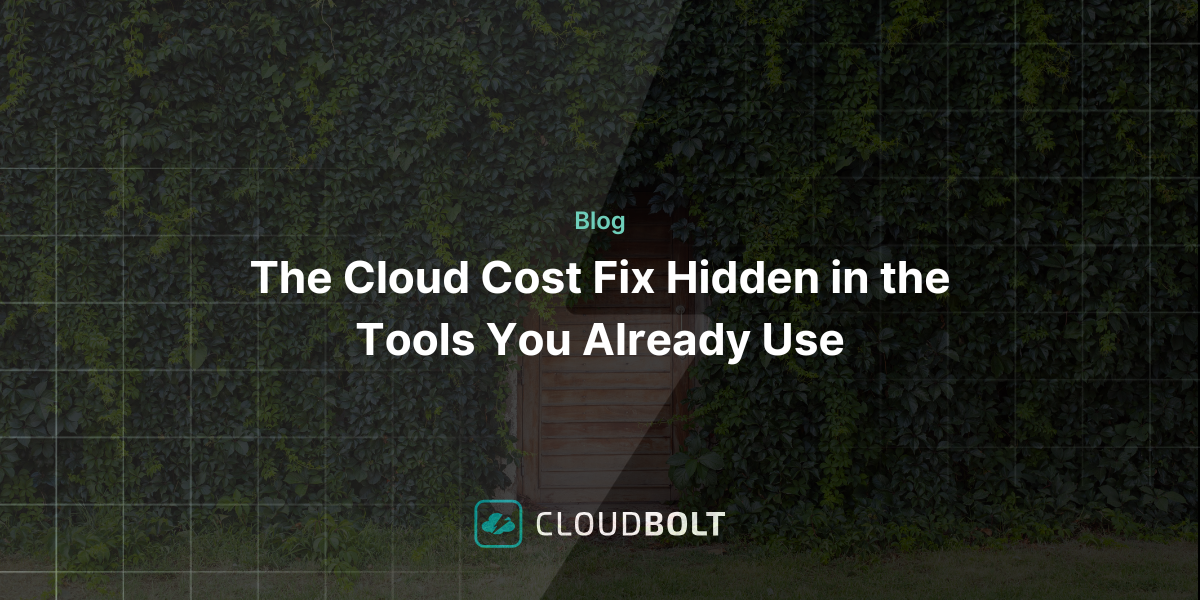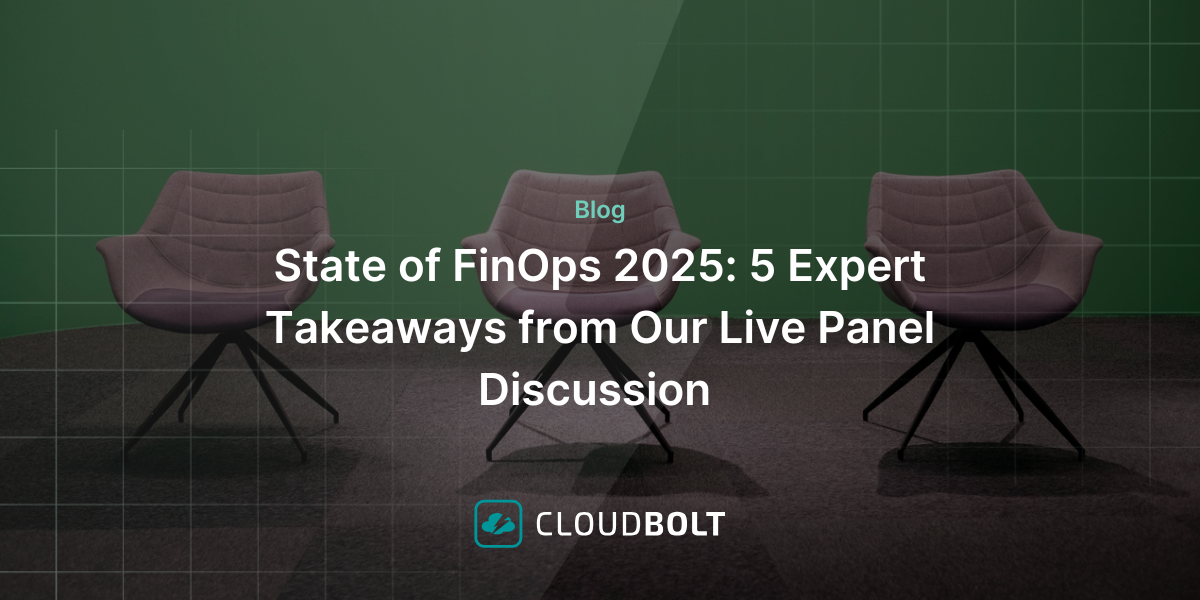The SovLabs Short Guide to Evaluating vRealize Automation Version 8
VMware has announced an arrival date for the next version of vRealize Automation, version 8. Alongside version 8, VMware is rolling out what used to be known as “Cloud Automation Systems” (aka CAS), but they’ve changed the name to vRealize Automation Cloud (vRAC for short). On 12/17/2019, VMware is ending general support for vRA 7.3/7.3.1, and we expect that VMware will continue this trend of ending support for subsequent versions of vRealize Automation on a regular schedule as they roll out more v8.x upgrades and updates. Will you upgrade from v7.x to v8.0? Before you do, we’d like to bring a few things up for consideration.
Five Things to Consider Before Implementing vRealize Automation 8
- vRA8 is a brand new code base, so your custom code for vRA7 will not “just work” in vRA8. How much custom code has your organization implemented for vRA7? That alone may be the measuring stick that you utilize to determine when — or if — you make the move to version 8.
- vRA7 is mature, reliable, and predictable technology that will be supported for at least two more years. As we noted above, VMware will end support for vRA 7.3/7.3.1 near the end of 2019.
- vRA8 utilizes Kubernetes, an open-source container-orchestration system for automating application deployment, scaling, and management. This change is largely viewed as not only very important, but a very good update to the vRealize technology base. However, Kubernetes is open source (again, this can be both good and bad) and its usage is brand new to vRealize.
- vRealize Orchestrator is being replaced in vRA8. Whether or not you applaud that change, it’s a really big change, and Action Based Extensibility (ABX) is a brand new alternative to vRealize Orchestrator.
- vRA8 brings an entirely new HTML5 user interface. Generally, upgrades to any web UI that implement HTML5 are for the better, but every early version has its bugs, quirks, and new things to learn. We don’t yet know the learning curve for this new UI.
- Bonus: No XaaS (e.g., backup, naming, or IPAM/DNS as a service) or real Day-2 operations will be available until 8.1 or even possibly 8.2 or worse, later.
Recommendation for Evaluating & Implementing vRealize Automation 8 & vRealize Automation Cloud
Based on these points, we are not alone in looking forward to the full production rollout of vRA8 and vRAC. However, if part or all of your cloud services are running on vRA7.x, we recommend a slow, methodical evaluation of your organization’s endpoints, integrations, and especially the custom code that your organization has implemented specifically for vRA7.
Shorter version? Wait until vRA8.2. In the meantime, for your endpoints and integrations, the SovLabs plugin for vRA7 reduces (or, in some cases, eliminates) the need for custom code to achieve your organizations cloud automation goals using vRA7.
Related Blogs

The End of Manual Optimization: Why We Acquired StormForge
Today is a big day for CloudBolt—we’ve officially announced our acquisition of StormForge. This marks a major milestone for us…

